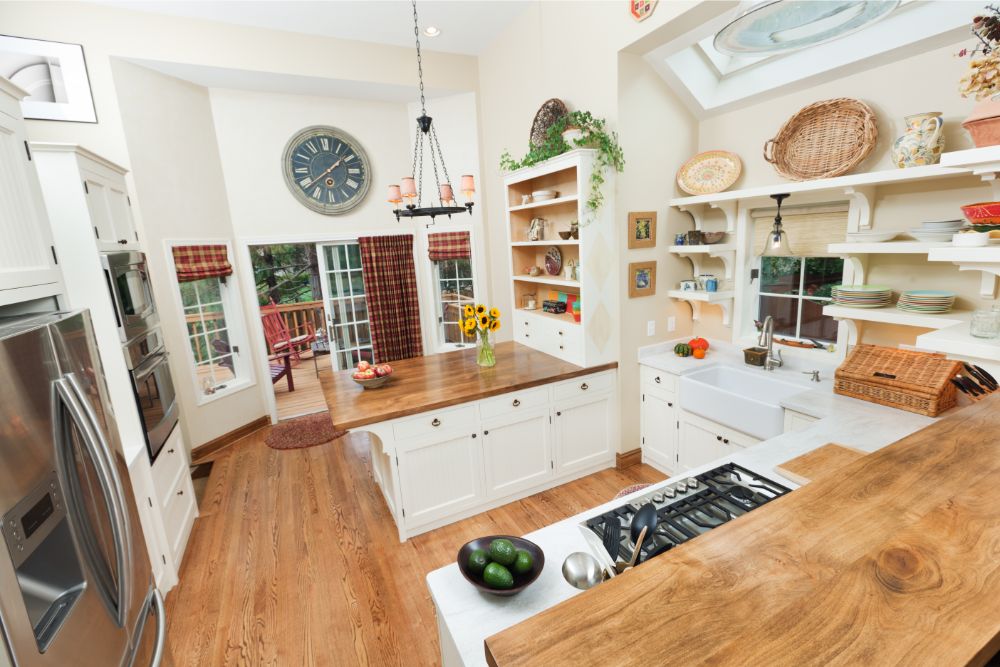Planning on remodeling or redesigning your home can be quite a hefty task, and, not to mention, it can be really tempting to skip the small and detailed yet important parts of house remodeling. However, in order for any type of renovation to progress smoothly, there are several things to think about and consider before commencing operations.
If you’re currently residing somewhere, but you still want to revamp your home and make it look more organized, put-together, or high-end, you’re going to have to list down all factors to consider, including a budget—never forget the budget—so you arrive at the best possible result.
Here, you will discover some of the best and top tips for redesigning your home. Read below to learn more about the simplest and most inexpensive ways to overhaul your home:
1. Know Your End Goal
Before commencing operations or even deciding up to what extent you’re willing to renovate the house, make sure you clearly know what your end goal is for your home. Are you redesigning your home to increase its value because you plan to sell it sometime in the future? Or perhaps you’re renovating because you want to incorporate all the recent home design trends into your own house. Will you be staying in the same home for a couple of years more?
You have so much to consider—tthe condition of your neighborhood, your current social status, your investments, and a lot more. Having a specific plan and end goal in place can definitely help you decide on how deep you plan to go with your project. And, not to mention, it also helps you arrive in more concrete and better decisions as compared to impulsivity and indecisiveness. Oftentimes, this leads you to regret some of your ideas and want to renovate the entire house all over again.
2. Know Your Budget (And Stick To It!)
Renovating a house is all fun and games until you have to set a budget. Sometimes, most people forget about the most important thing of all: their budget. Economically, it’s important for you to decide and budget the total expenditure requirements and limits. Don’t just go all out with your finances. When budgeting, it’s crucial that you don’t overestimate your allotted budget. As much as possible, try to keep it low, and then you can proceed with researching all the other things you will need and add them to the total expenses.
Also, knowing your budget and sticking to it are two different things. In this case, you have to both know your budget and stick to it in order to avoid unnecessary purchases and such.
3. Opt For Unique And Simple Hardware Finishes
Walking into hardware stores can be quite overwhelming, especially if you face an entire wall of cabinet drawer knobs, pulls, and handles. However, this is actually the moment you have to start walking out of that store.
While these hardware finishes are inexpensive as they are mass-produced and more common, these are also the ones you get to see (more often than you think) in other people’s homes, or maybe even in restaurants and fast-food chains. If you plan to revamp your home, you should opt for more unique (yet still simple) hardware finishes to exclude your home from the rest of all the houses that look the same. Smaller hardware specialty stores are the better options if you want to look for unique pieces, which have quite an impressive selection of hardware finishes for your entire home.
4. Determine Your Style
How do you want your space to feel? Before beginning any renovation, try to take a look at your closet. Determine your style by familiarizing yourself with your choice of wardrobe. Which color palette do you plan to incorporate into your home? Do you prefer more tailored pieces or comfortable ones? Do you have an eye for detail, or you just go with the flow? All these are important questions to ask yourself.
5. Communicate With Your Contractor or Architect
Most importantly, don’t forget to stay in contact with your contractor or architect. Make sure they know your plans beforehand, update them for any sudden changes, and give them every single detail so you don’t end up miscommunicating. Your contractor or architect are two of the most important people involved in this entire renovation project, so it’s crucial that they know every detail (plans, budget, time table, deadlines, even the weather) throughout the whole process.
Wrapping Up
All in all, performing home renovations is not easy at all. With that, make sure you browse through those tips mentioned above and apply a thing or two to help you get through the process smoothly and seamlessly.

